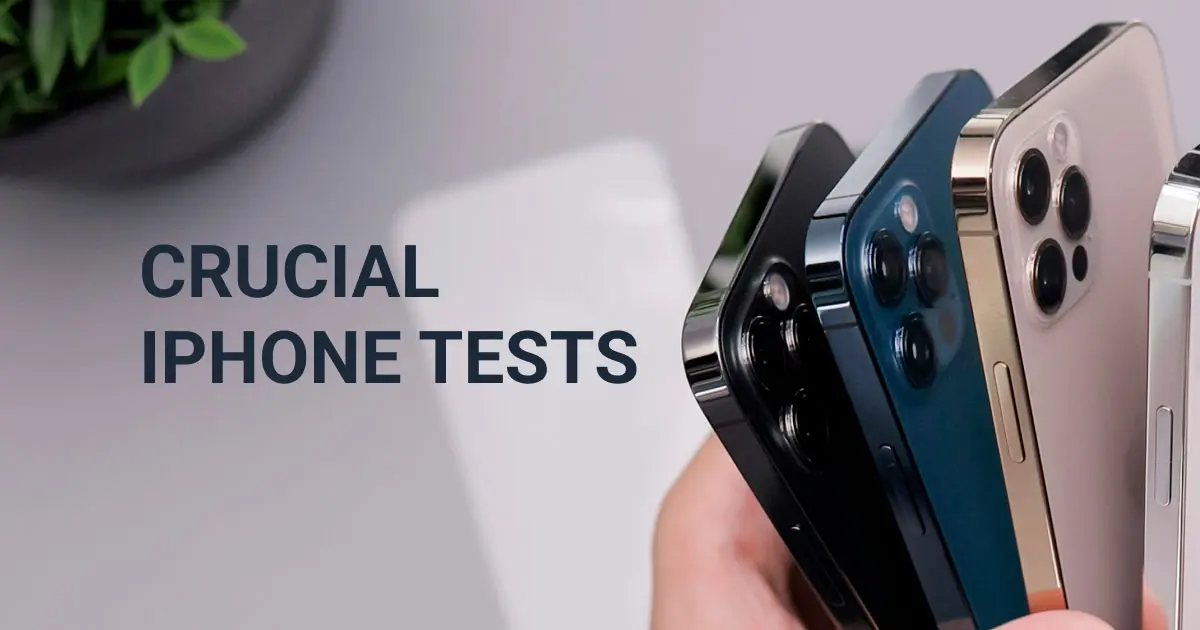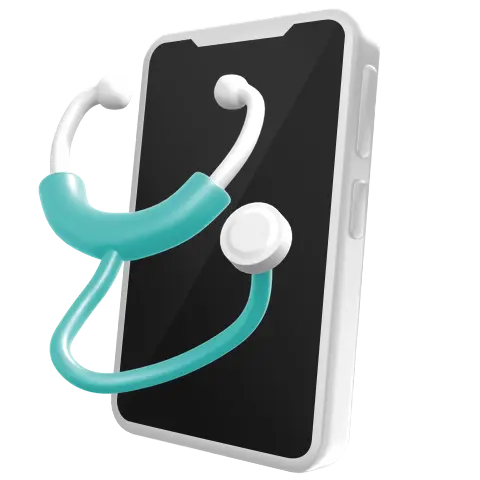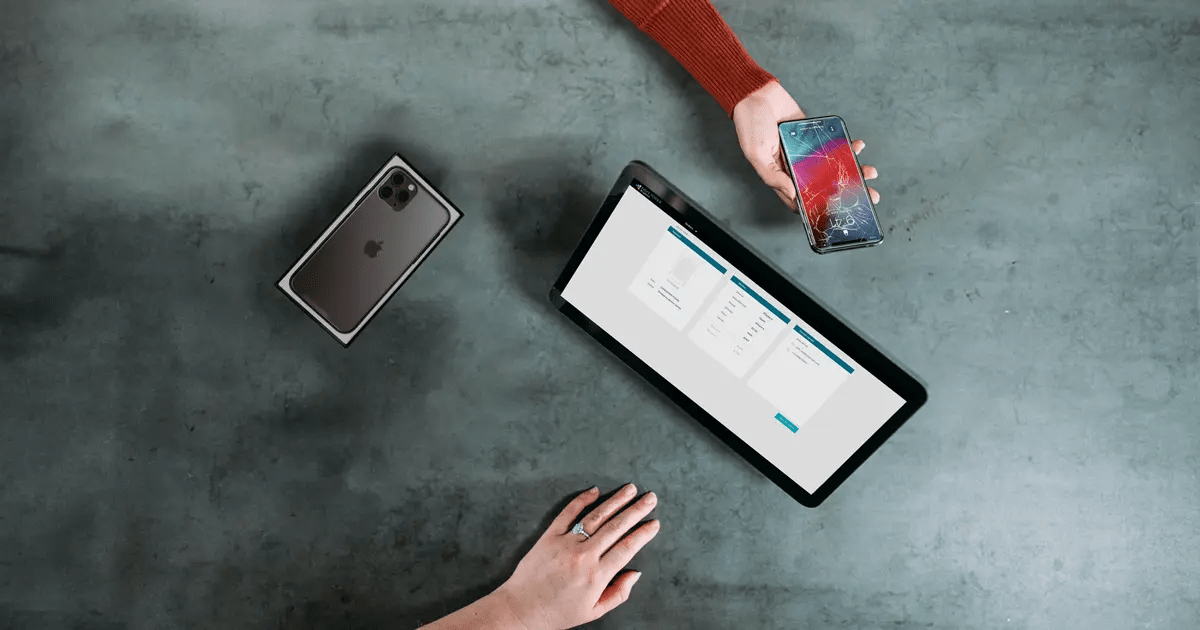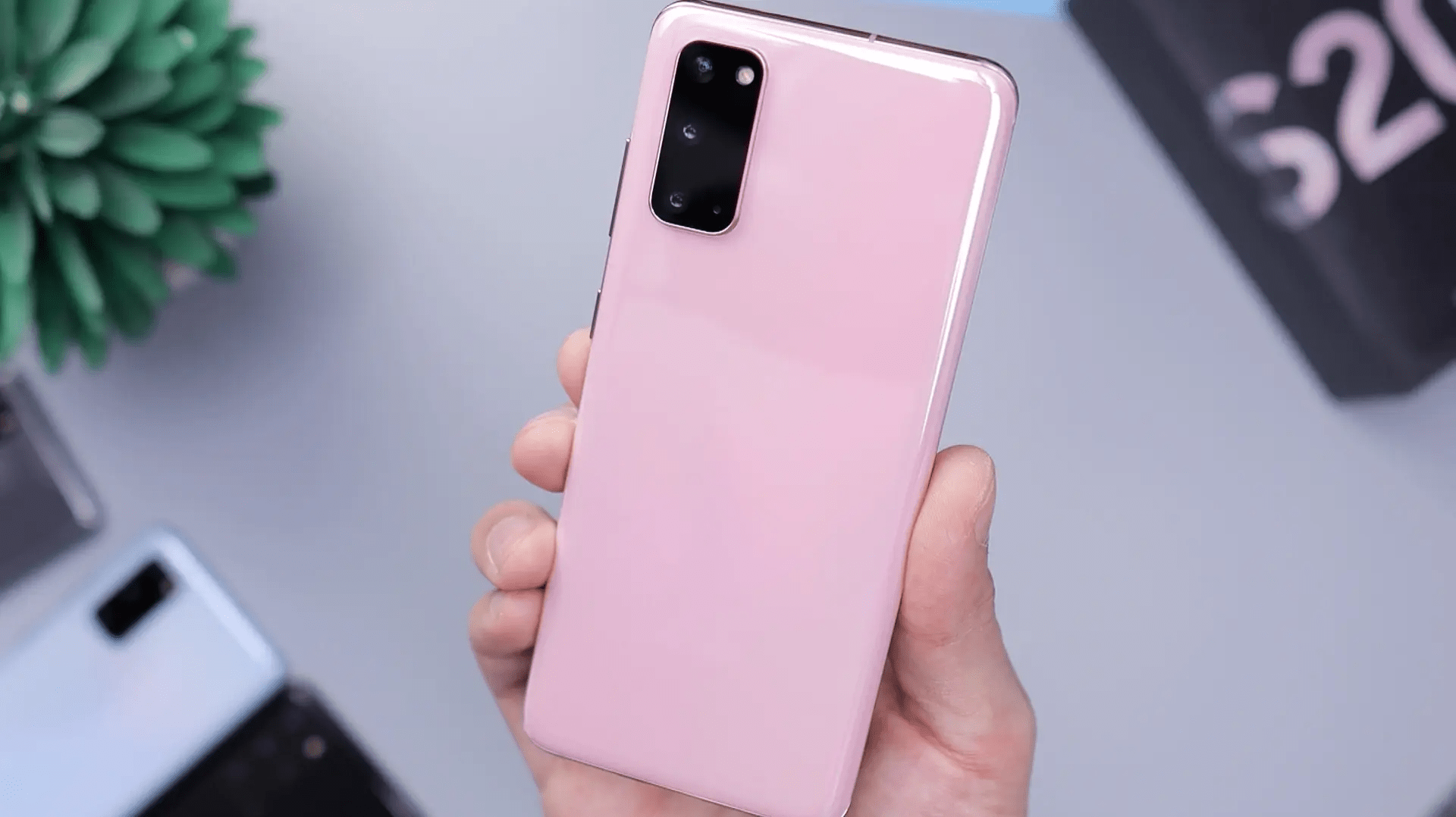Some internal defects are very difficult to determine during manual checking, which causes inaccuracies in the diagnostic processes of phones. Therefore, there is such a need for a diagnostic tool to check iPhone hardware properly. Any smartphone can have not only external defects but also internal ones. These can be either audio problems or a replaced battery. According to our experience, we have collected the most common and at the same time complex iPhone tests, that can be easily diagnosed with software.
The touchscreen is not working
iPhones have a lot of touchscreen issues where it stops responding or only displays a black screen. If the screen is cracked and unresponsive, it's a hardware problem, which needs to be inspected by an iOS mobile testing tool. The tool will help determine the exact problem of the touchscreen in order to resolve it as soon as possible.
To operate with more detailed information there are automated diagnostics tests, that show results of touchscreen condition after iPhone hardware tests.
- Colour screen test. It makes it easy to see broken pixels that clearly stand out against bright colored backgrounds.
- 3D Touch. A simple test that verifies the performance of a special type of pressing on the screen. It even measures the touch sensitivity of the screen from 0% to 100% to help pass the test.
- Touch screen test. Allows to detect non-working parts of the screen by erasing “bubbles” from all over the display.
- Multi-touch test. Checks the operation of the screen when simultaneously tapping with two fingers on it.
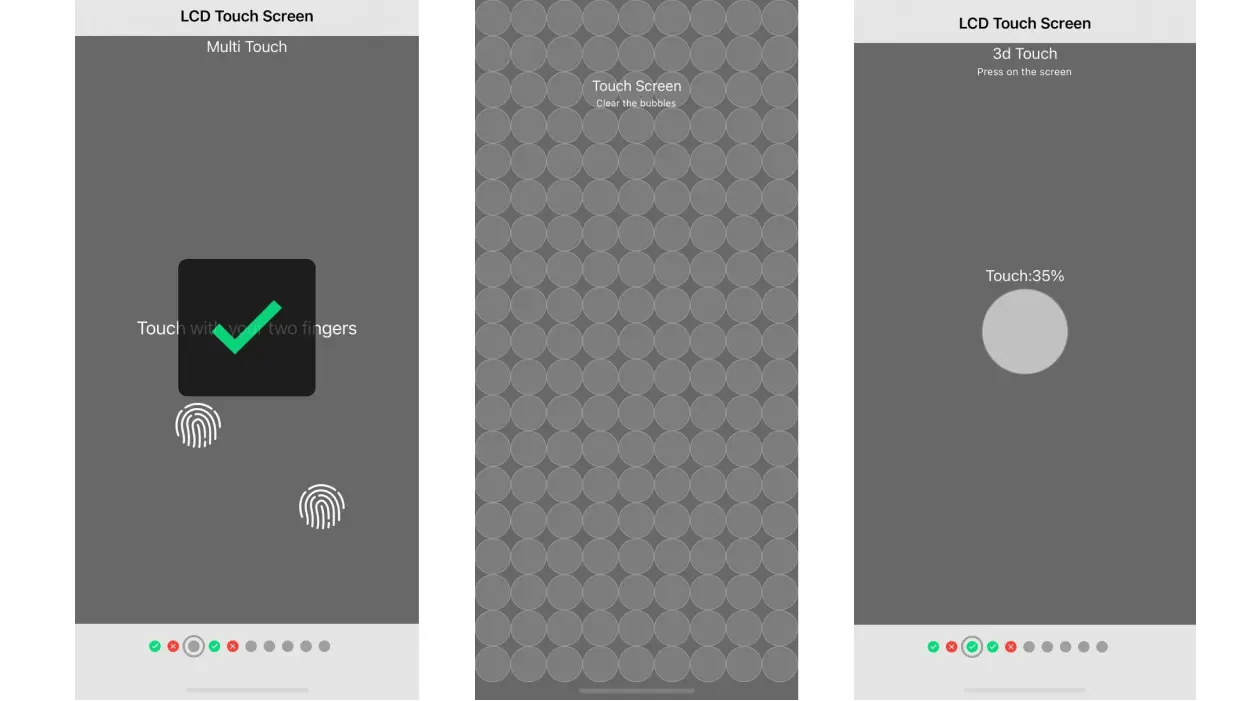
Damage due to water - diagnostics tool
If the phone was submerged in water, the fact that moisture got into the device itself can be determined in a couple of ways. First, the device should be inspected for corrosion, discoloration, or fuzzy growth on the charging set, headset, SIM, memory port, or moisture under the display screen.
Secondly, Apple has its own iOS device testing “feature” called Liquid Contact Indicators - a moisture indicator that is activated after an iPhone or iPod comes into contact with liquid. It is usually white or gray, so most of the time users don't even notice it. But if there is some water inside the Apple smartphone or player, it immediately turns red.
Here's where you can find the Liquid Contact Indicators on different iPhone models:
- iPhone 11 Pro, iPhone 11 Pro Max, iPhone 11, iPhone XS, iPhone XS Max iPhone XR, iPhone X, iPhone 8, iPhone 8 Plus, iPhone 7, iPhone 7 Plus, iPhone 6s, iPhone 6s Plus, iPhone SE, iPhone 6 , iPhone 6 Plus, iPhone 5s, iPhone 5 - in the SIM card slot
- iPhone 3G / 3GS, iPhone 4 / 4s - in the headphone jack and in the charging port (middle)
This issue can be solved without any testing software. But keep in mind that water can cause breakdowns in the system that are better to check with iPhone hardware diagnostic.
Сamera is not working
The problem of a non-functional camera can be solved by disassembling an iPhone and wiping the camera lenses from the inside. But it’s not the same as full iPhone diagnostics.
Using the iPhone diagnostic tool you can do a lot more work. Run iPhone camera test and verify the condition of every camera: Front/back, Telephoto, Face ID, and Ultra Wide camera.
iPhone battery diagnostics
The battery health can be easily checked manually – Apple has its own iOS device testing “feature”. All you have to do is to go through Settings -> Battery and see the exact battery capacity. An iPhone even offers to turn on a feature called “peak performance capability” which reduces battery ageing.
But for businesses that work with batches of devices, especially restored (empty) ones, it’s not enough. This process requires full diagnostic tests. So, to estimate the exact condition of the battery we use such iPhone hardware checks as battery health, battery capacity, and cycles. That’s how we will know the number of full phone charges from 0 to 100, measure how the battery is performing now, in relation to when it was new.
But the most important hardware test is the battery stress test. The essence of the test is to discharge the battery in a short period of time. As a result of the test, you can see how the battery performance corresponds to the declared capacity and the number of charging cycles. For example, there is a battery that is 100% healthy, and there were 5 charging cycles. The stress test showing that the device is discharged by 20% in two minutes, indicates that the battery has been replaced and is of poor quality.
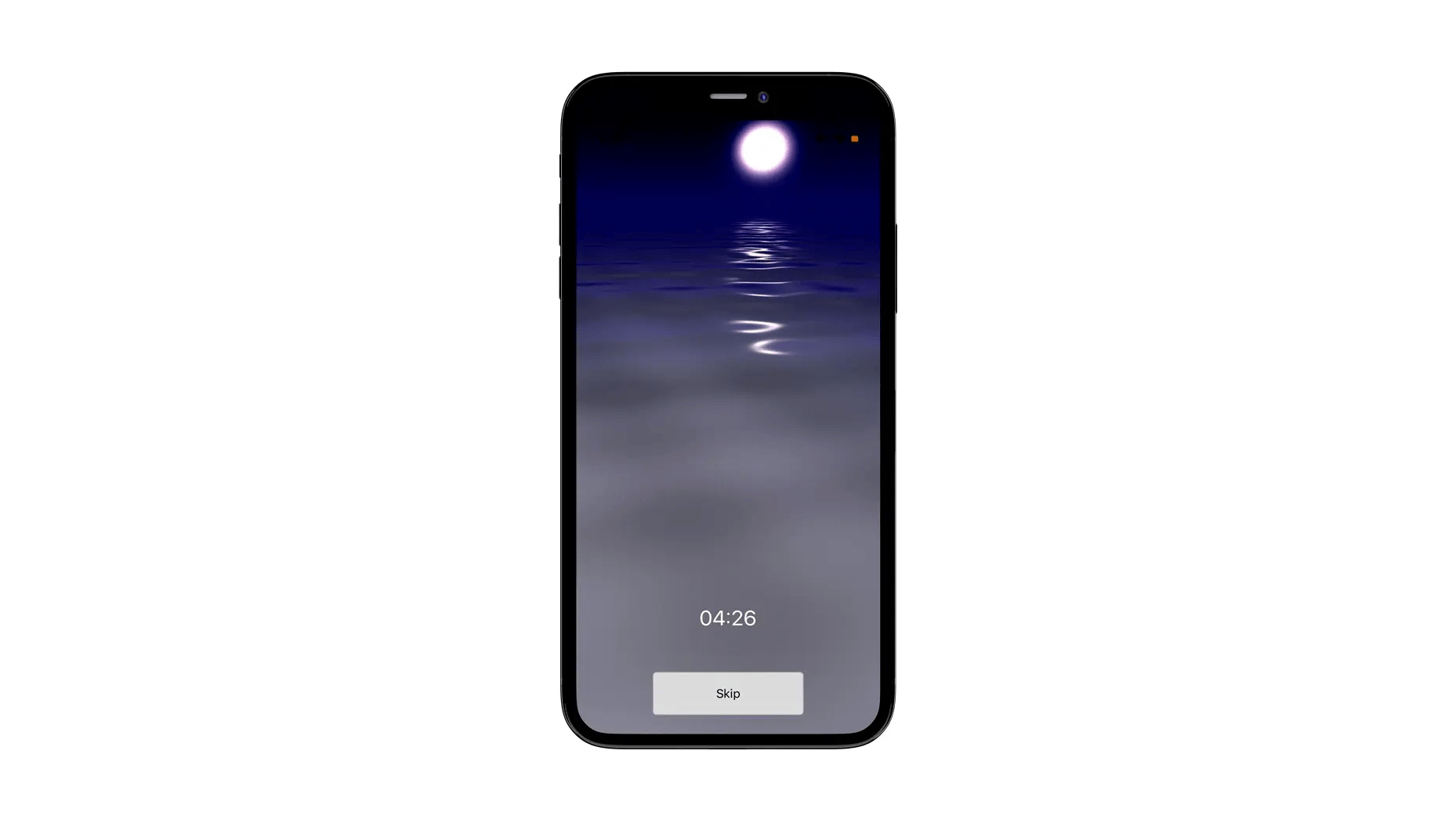
Non-original iPhone parts
One of the most common and hard-to-detect phone issue is a non-original LCD display. Usually, testers use the easiest way – manually disassemble each phone and compare display features with tech parameters such as:
- Supplier stamp or warranty sticker on the frame, flex or backlight sticker (OEM display doesn’t have it);
- Barcode or Apple logo on the flex (Only OEM display has it);
- The rainbow-colored tint on the camera lens (Copy screens doesn’t have it).
Or detect it by looking at the display and searching for visual defects. But these two options are too time-consuming and do not exclude the risk of human error, especially in the warehouse.
To perform a proper screen diagnostic test it’s essential to use iPhone testing software, which shows results of LCD display authenticity immediately.
NSYS Diagnostics is an automated solution that detects over 100 defects and authenticity check is only one of them. Together with the results of iPhone screen authenticity, the software will immediately provide you with information about other replaced parts of the phone: battery, both cameras, touch ID button, motherboard.
It doesn’t matter whether your company does repair, wholesale, or even mobile buyback business. All the companies that trade Apple devices need to know how to perform iOS device testing properly.
NSYS Group is always here to streamline processes in your company and provide you with certified iPhone diagnostic reports.
For more smartphone diagnostic tests, read our latest article.


